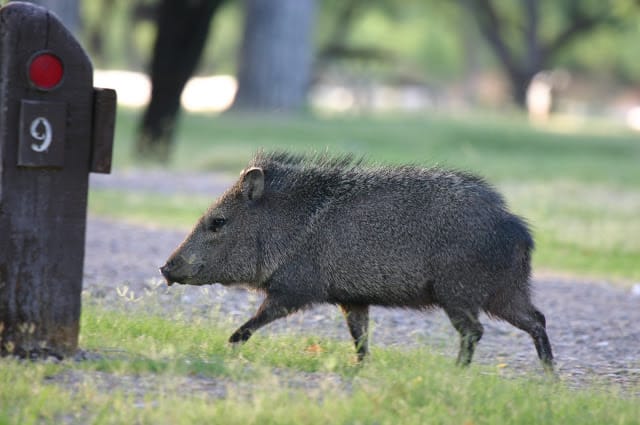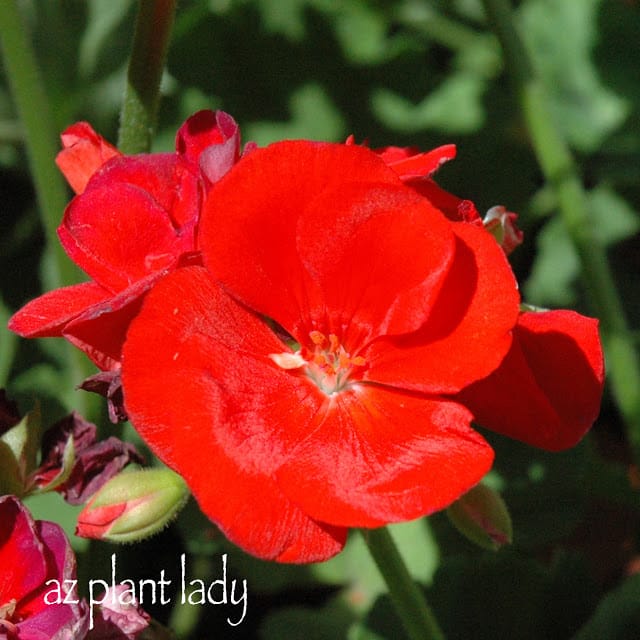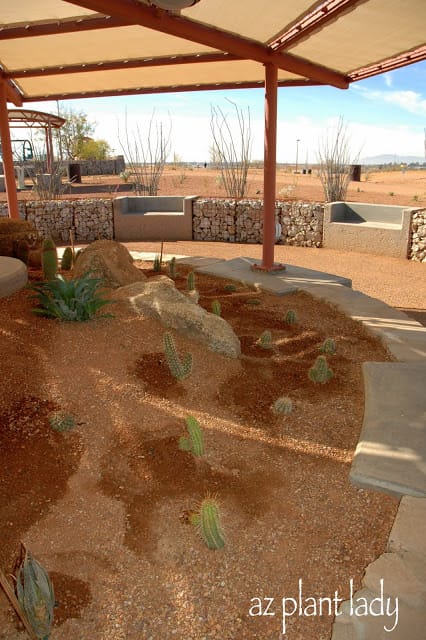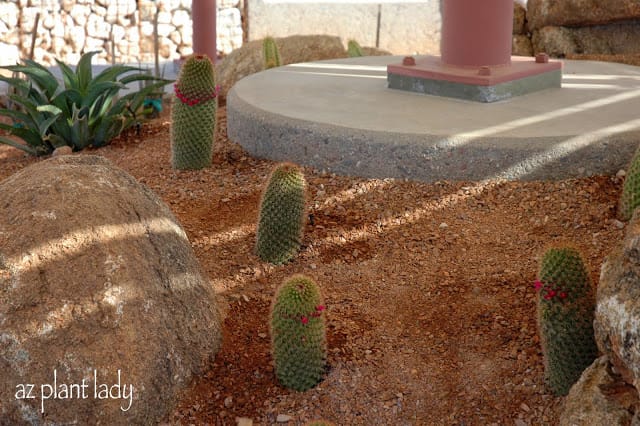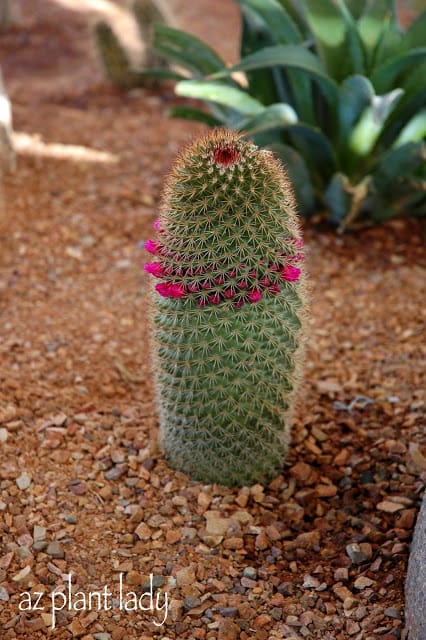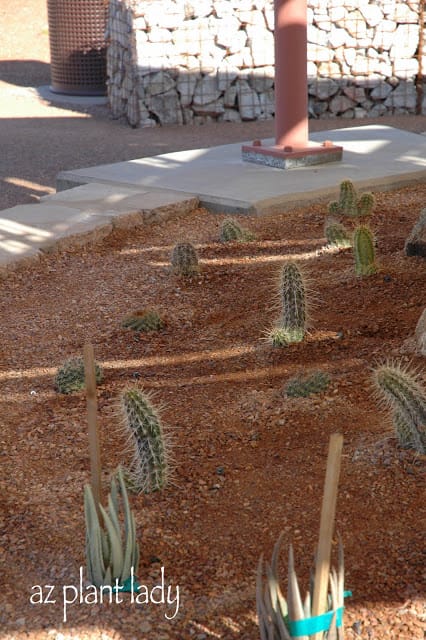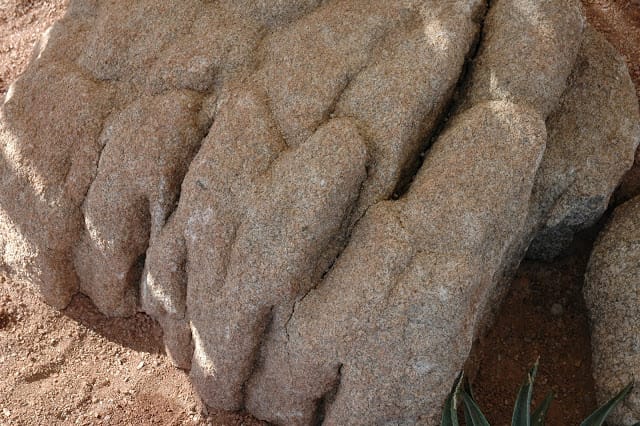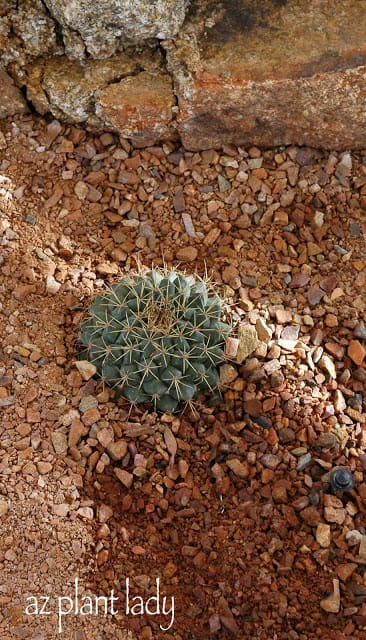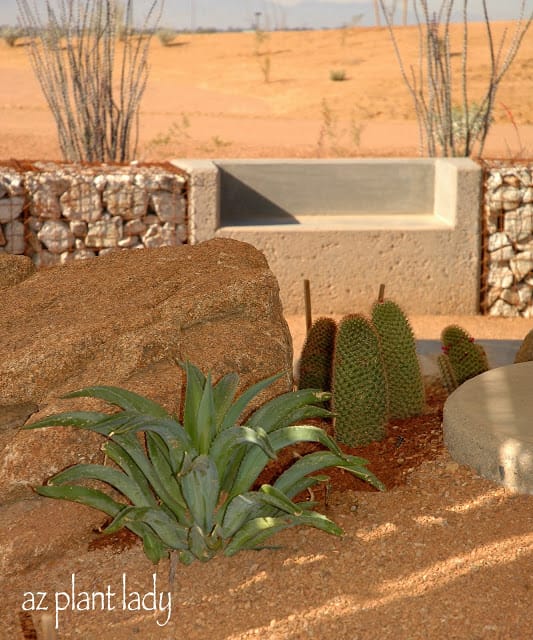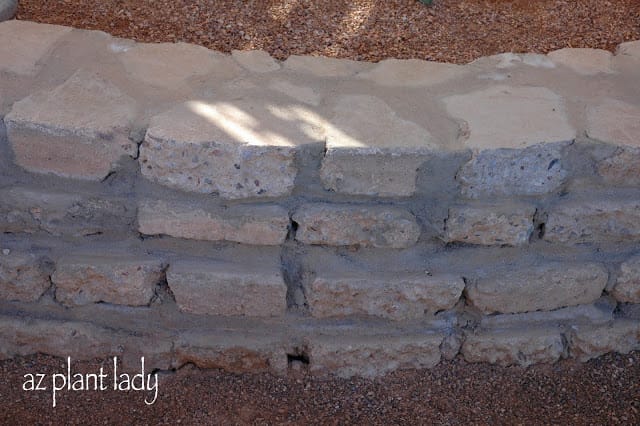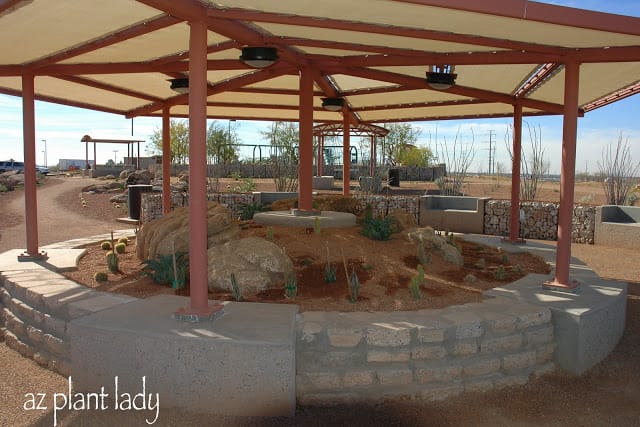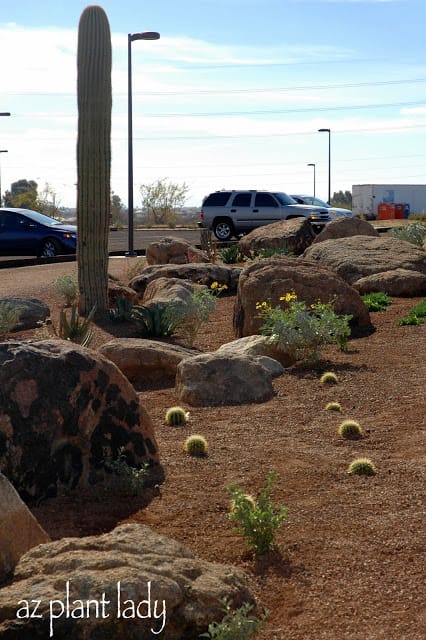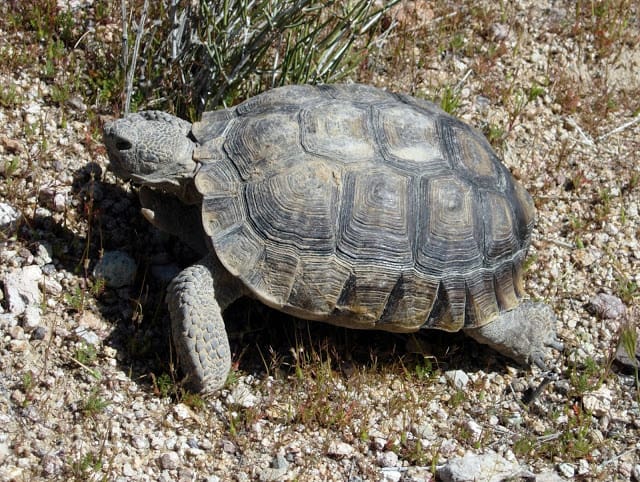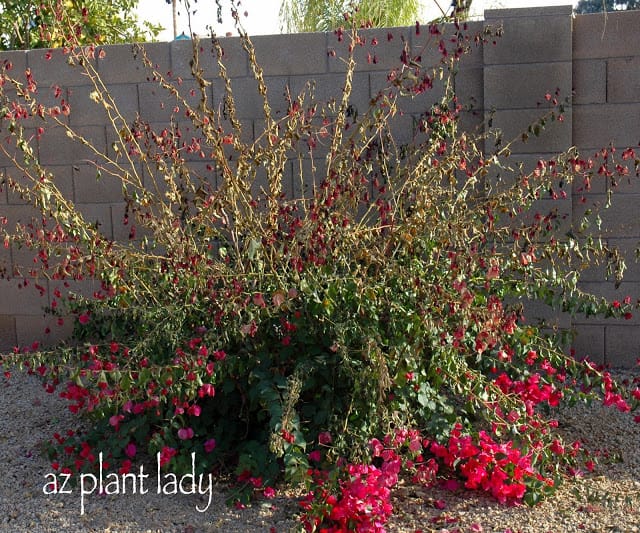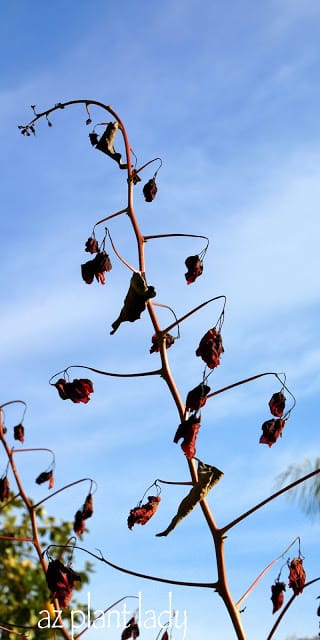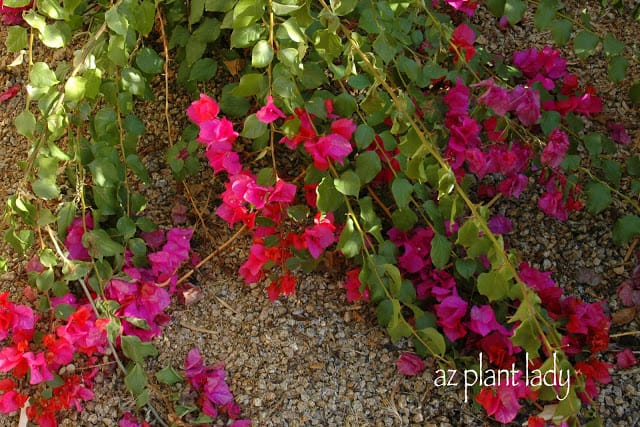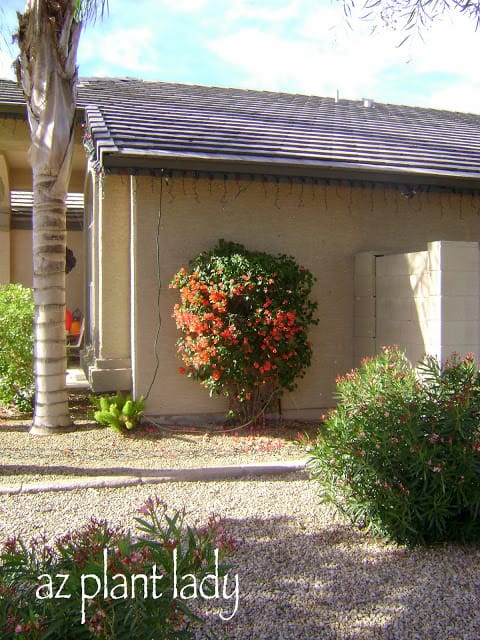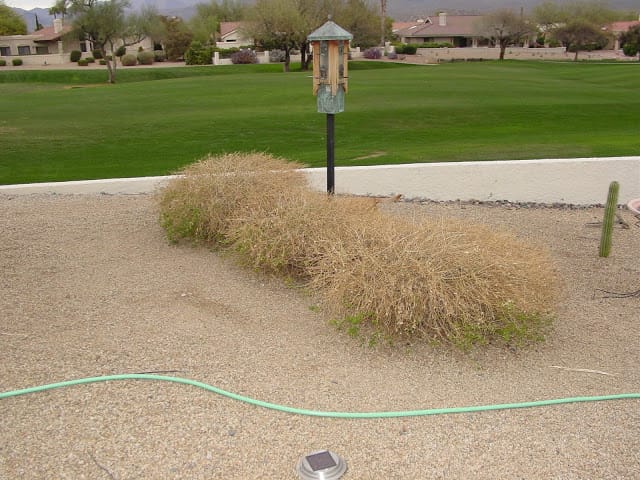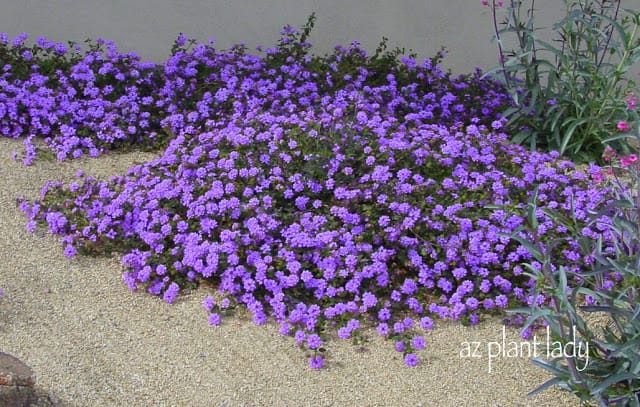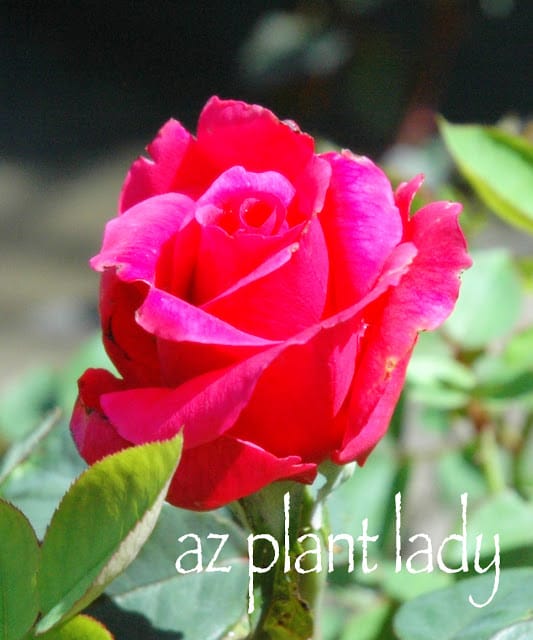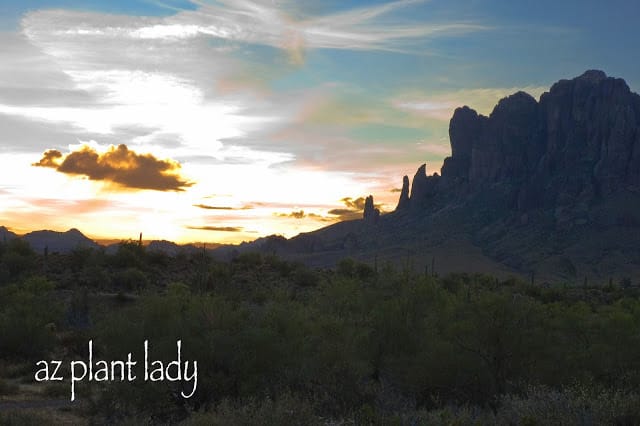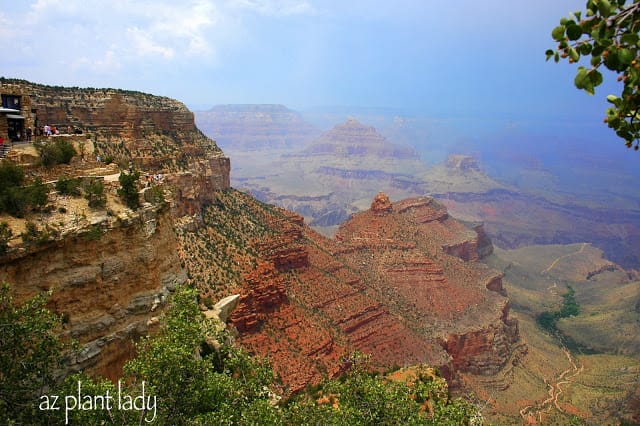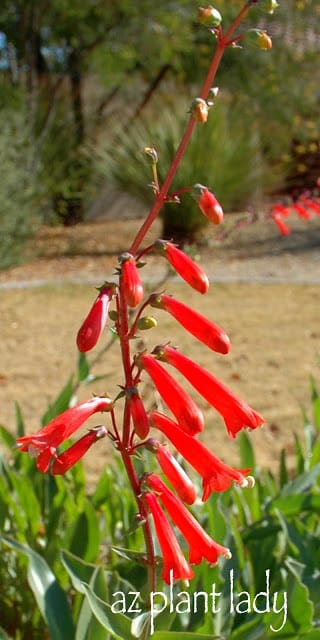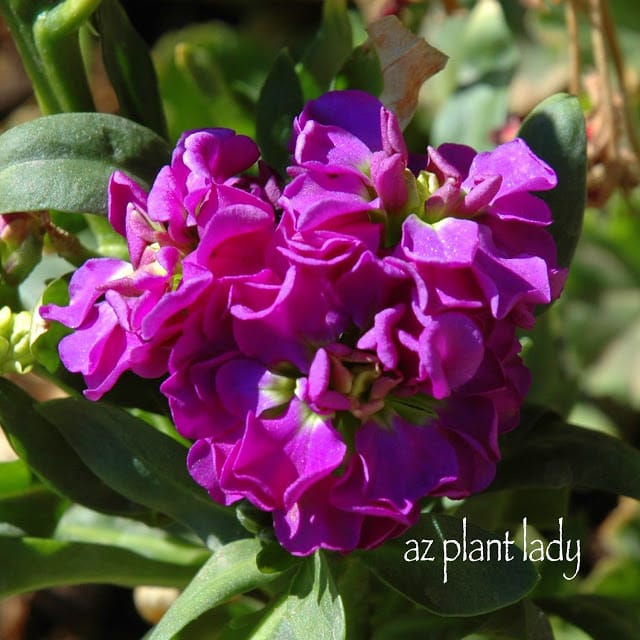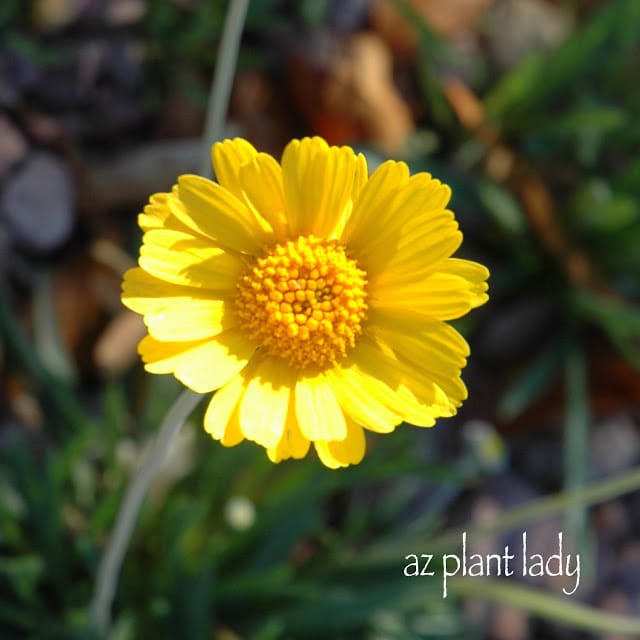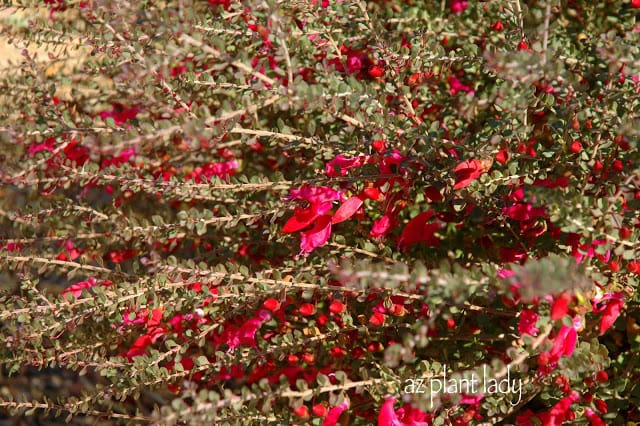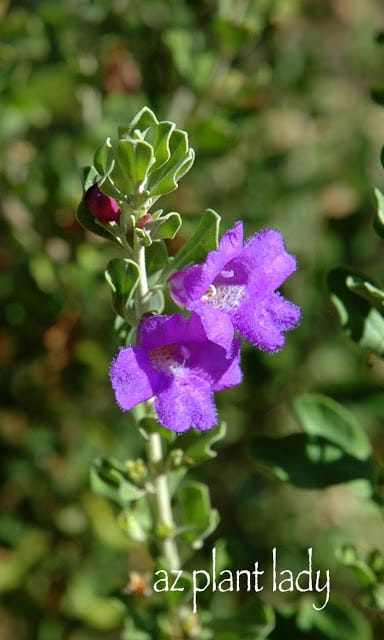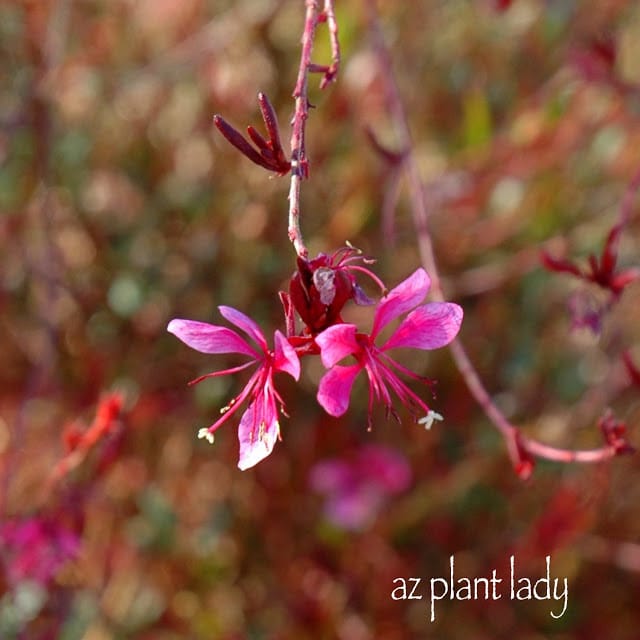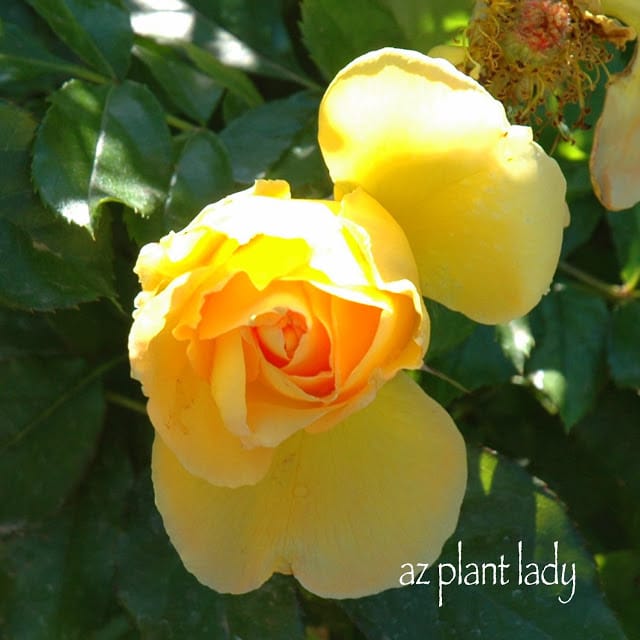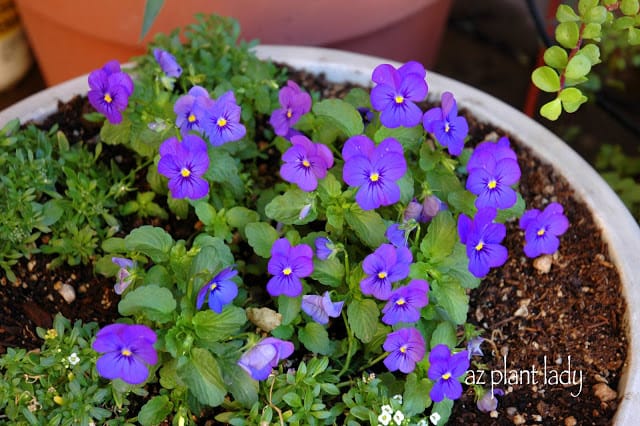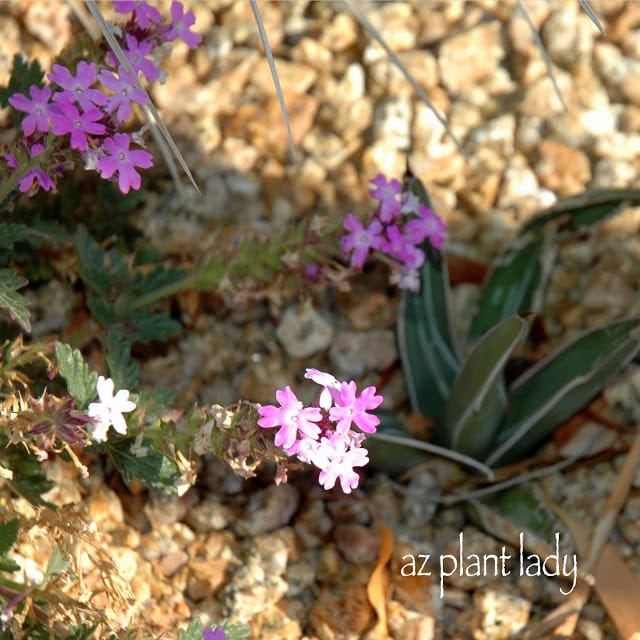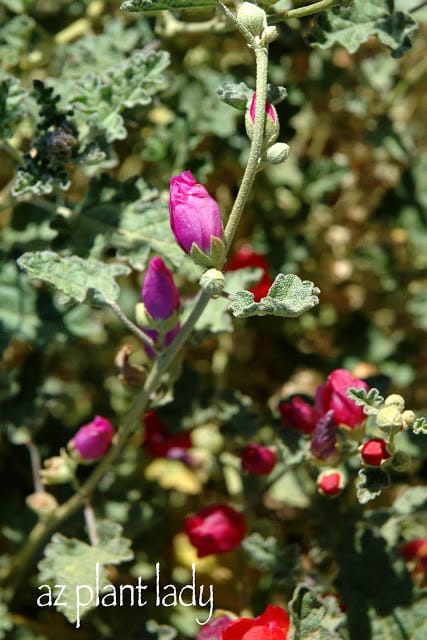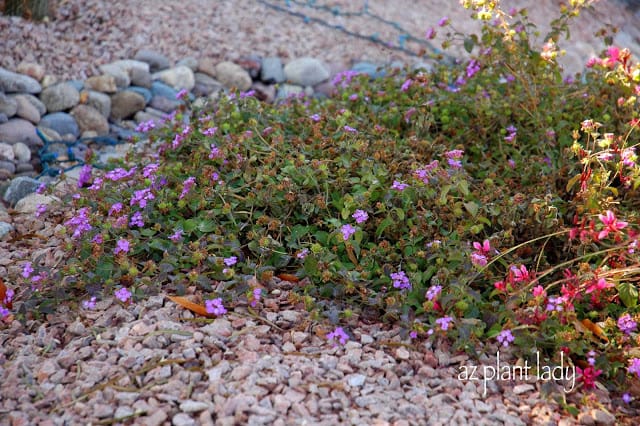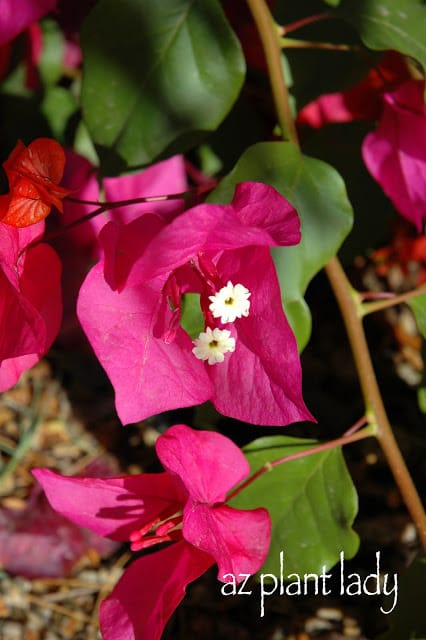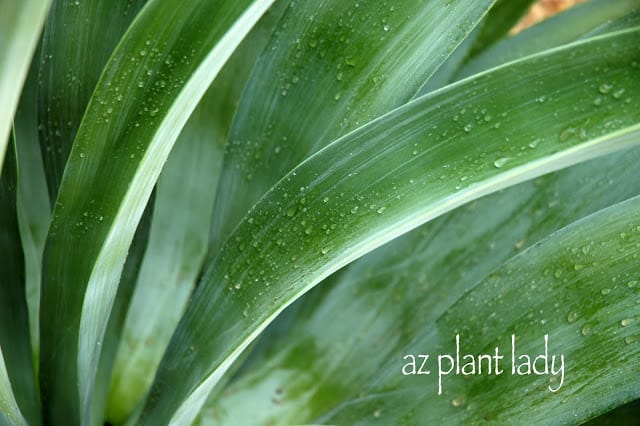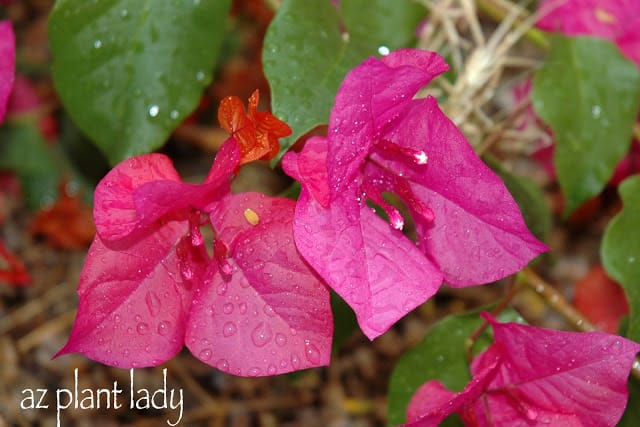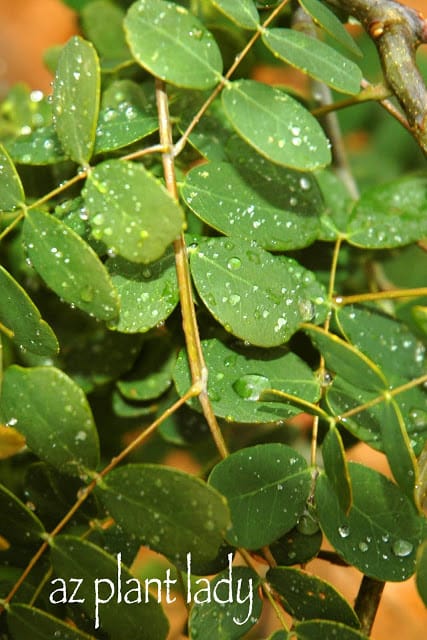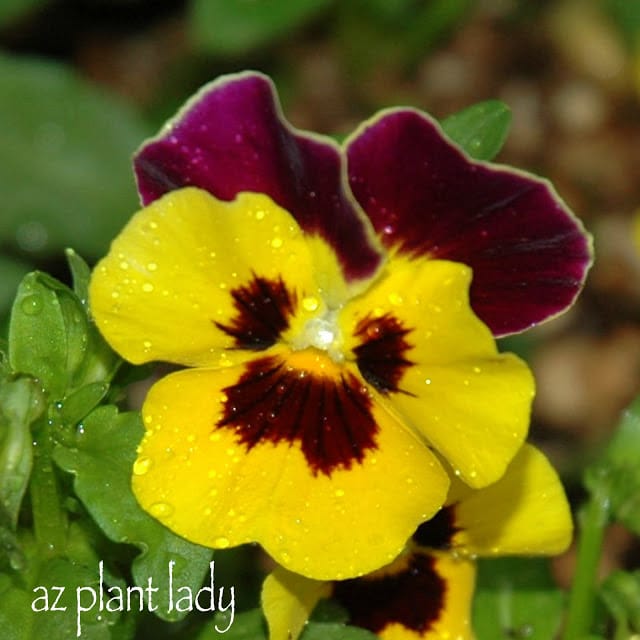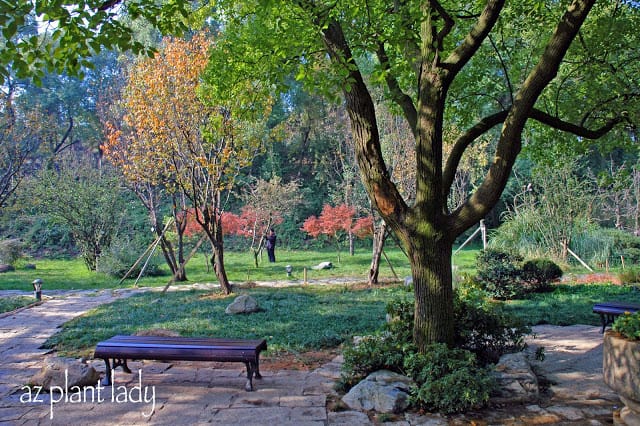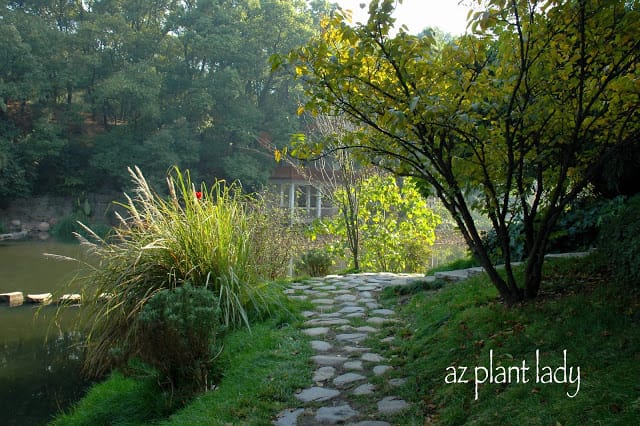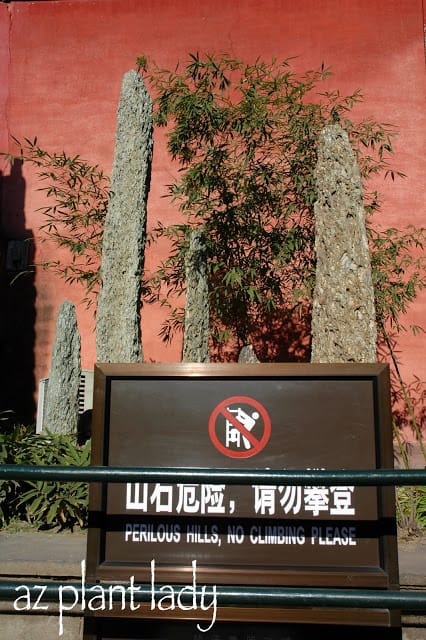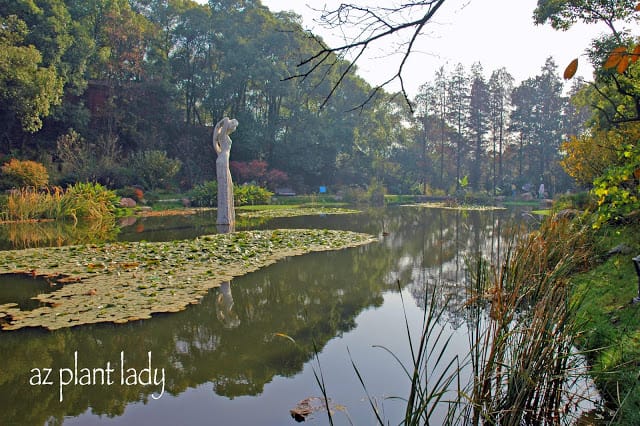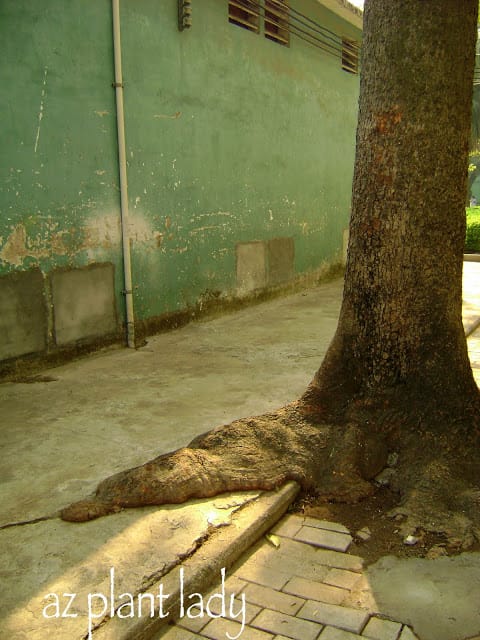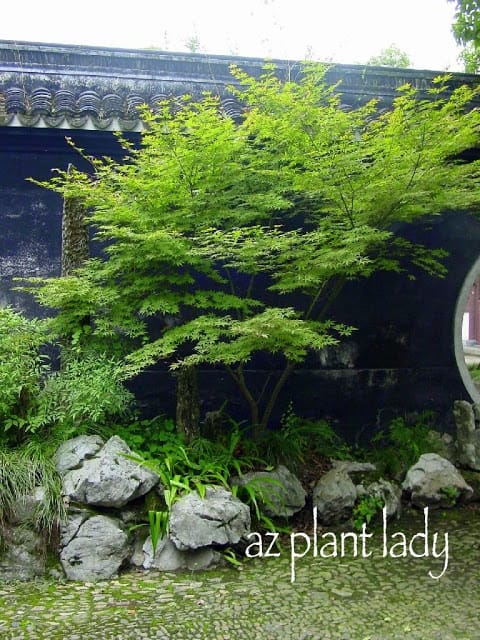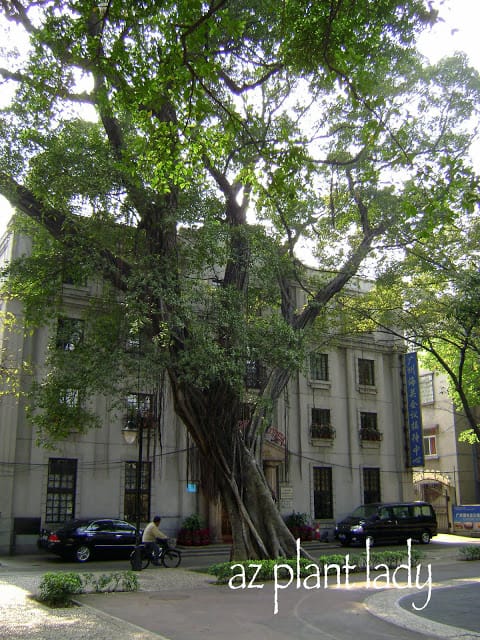Working as a horticulturist on golf courses meant that I came face to face with wildlife from time to time. Often, I would see them ahead of time and would react accordingly. Sometimes however, I was surprised at what I found and where…
I wrote about my Face Off With Wild Pigs earlier this month. Now, I would like to share with you a new story of a face off that occurred between myself and a tarantula.
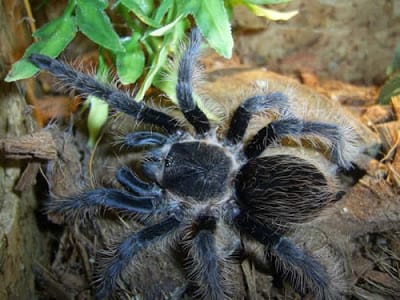
Wikimedia Commons: Albertwap (CC-by-SA license)
Cute and fuzzy isn’t it?
Okay, not really.
My story begins as I was driving in my little maintenance golf-cart checking large planting areas alongside the road. The plants were all watered with drip-irrigation and connected to irrigation valves. These valves were located inside of irrigation valve boxes in the ground.
The top of the valve boxes are covered with a plastic lid and I would periodically open them in order to turn on a valve manually.
That is what I was doing on this summer’s day. I had my floppy hat on (absolutely vital for fair-skinned people like me), my gloves and my screwdriver, which I used to open the valve lid.
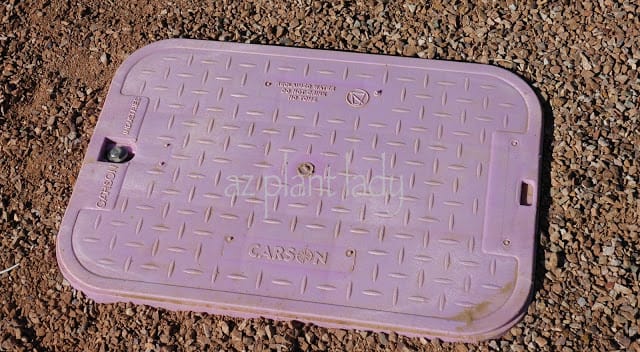
Now for those of you who have opened a valve box, it is common to find bugs inside. I was used to finding crickets, sometimes small roaches and rarely a scorpion. As a result, I ALWAYS wore my gloves and would look inside before putting my gloved hand inside.
Well, this particular day, I opened the lid of a valve box and found a tarantula staring up at me. I had never seen a tarantula in a valve box before. He was kind of cute as far as tarantulas go, I guess.
I sat there pondering what I should do….the plants really needed some water. So, I worked up my courage and I actually spoke to the tarantula. I said, “I am just going to put my hand in slowly to turn on this valve. I won’t hurt you if you don’t hurt me.”
Now, I’m not sure if he understood me, but I put my hand inside and turned on the valve and he left me alone! Afterward, I was kind of proud of myself, but sadly there wasn’t anyone around to applaud my bravery 😉
I went back an hour later to turn off the water and my new friend was gone…
But, I learned my lesson that day – always look before putting your hand inside of a valve box and always wear gloves.


